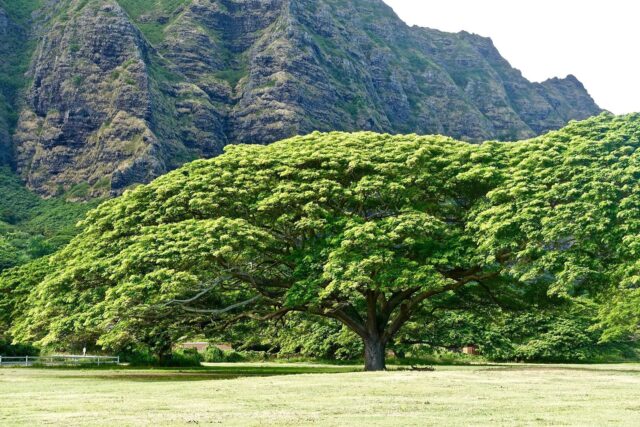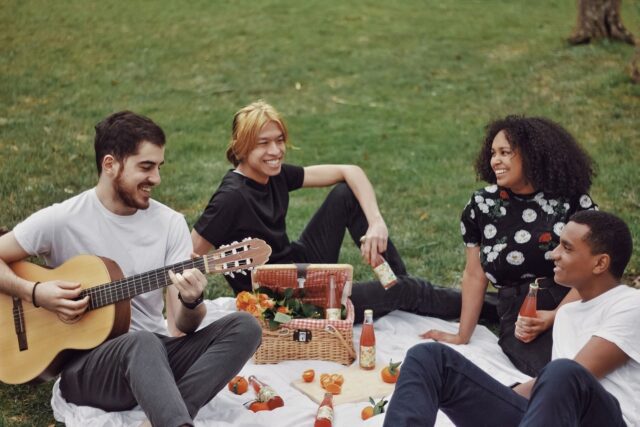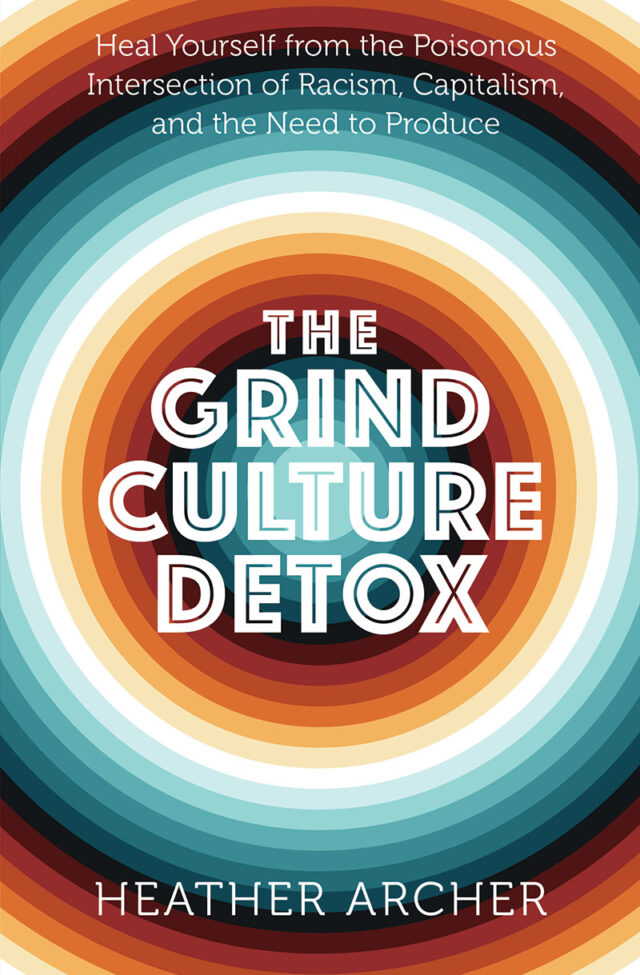Dear readers,
Hello! My name is Hilary, and I’m the newest editor at Hierophant Publishing. Over the coming months, I’ll be working behind the scenes to bring you fantastic books from some of your favorite Hierophant authors. You’ll also be hearing from me in our new monthly newsletter. I am thrilled to join such a passionate community of readers, writers, spiritual seekers, and creatives, and I can sincerely say that this is my dream job.
I live off-the-grid in rural Hawaii, where the daily tradition of pau hana still holds strong. Pau hana can be translated as “stop work” or “work finish,” and that’s exactly what it means: it’s not a break from work or a brief respite before catching a second wind and cranking out a few more hours, it’s stop work. Although in urban areas pau hana can take the form of an American-style happy hour at a bar, in my tight-knit farming community it refers to the time when everyone wanders over to the circle of chairs under the monkeypod tree — beer, ‘awa, kombucha, or sugarcane juice in hand — to talk story and let the dogs run around.
It took me a long time to become a pau hana devotee. Coming to Hawaii from the mainland, I had little concept of “stop work.” Even as a teenager, I would rise at five AM to practice piano, then go to school, attend sports practice, do homework, then practice piano again. My parents would work at the office all day, then spend the evening getting a jump on the next day’s tasks. From my perspective growing up, it was as if the point of life was to squeeze out every last drop of work your body and mind could manage.
When I saw my neighbors gathering under the monkeypod tree each evening, I used to wonder what they had left to talk about day after day. Hadn’t they already caught up on each other’s news? Wasn’t it a little much to hang out every single evening? Sometimes, I’d be tempted to join them, but then I’d think to myself that I should really mow the lawn, or finish painting the shed, or tackle the next item on a never-ending list. Yet all of my neighbors had off-grid homesteads to take care of, too. I wondered why they didn’t meet at seven instead of five, thereby squeezing out two more daylight hours in which weeds could be whacked, boards painted, and fruit picked.
There I’d be, banging away on a project, the only person still spinning the wheel of work while everyone else had transitioned into relaxation. The dogs would be chasing each other through the stream, my neighbors would be gazing contentedly into the sunset, and I’d be up on a ladder with a hammer or paintbrush, putting those last hours in—while oblivious to the importance of the ritual on which I was missing out.
Then one evening, I was firing up the weed whacker when I spotted the pau hana circle in the distance. It occurred to me that the last thing any of my neighbors needed to hear after their own long days of farming, carpentry, or truck repair was another roaring machine, reminding them of the physical labor they’d just set aside for the day. Not only was my insistence on working through the pau hana hour obnoxious, it was also oblivious: my neighbors had all been living this lifestyle for many decades. If they observed pau hana every day, it must serve a pretty important function. Life in our isolated stretch of island can be tough—maybe pau hana was the key to my neighbors’ strength, resilience, and closeness as a community.
I began to join my neighbors under the monkeypod tree, bringing a jar of water, some treats for the dogs, and a headlamp to help me navigate the stream crossing on the short walk home. It was like joining a table of bards. The stories flowed without end, each person’s memory complementing the others. Night after night, the neighbors invoked a web of shared references: cousins, grandparents, employers, long-dead pets and broken-down trucks fondly remembered, earthquakes and hurricanes collectively survived, weddings, funerals, and other notable events. They also talked about current events—who was putting in a new lo’i, or taro pond, who had gone to the last meeting about the road, and so on.
Sitting under the monkeypod tree, we shared fruit and other snacks, developed inside jokes, and made plans to help each other out with homestead projects. How could I have been so blind? It was clear to me now that the “work” taking place at pau hana was far more important than sneaking in a last round of weed-whacking. By placing appropriate limits on work, my neighbors had carved out space for social bonding, celebration, and the pure enjoyment of life.
Throughout history, humans have relied on community rituals to mark the division between work and rest. In India, people gather by the banks of the Ganges for aarti, ringing bells and chanting at sunset to mark the end of the day. In Spain, siesta is a non-negotiable block on the daily calendar. In elementary schools, the ringing of the bell announces recess—a time to let loose, bond with friends, and generally direct one’s attention to anything but work. These unmistakable divisions allow us to truly relax and let go, which in turn replenishes our souls (and our ability to be productive when the moment calls for it).
Whether you live in Hawaii or elsewhere, you can embrace the spirit of pau hana by going for a walk or run at sunset, getting together with neighbors, attending a yoga class, or meeting friends at an outdoor café. Socializing with friends and neighbors doesn’t need to be a rare event, but can be a daily source of sustenance and pleasure. Formally acknowledging the end of every work day restores us to our full humanity, reminding us that health, friendship, and the capacity for joy are the true wealth in our lives.
As an editor at Hierophant, I look forward to helping bring inspiring, enlightening, and life-changing books into the world. By day, you’ll find me poring over manuscripts in my studio—but when it’s pau hana time, I’ll be sitting with my neighbors under the monkeypod tree.
—Hilary Smith, Senior Editor
The Grind Culture Detox
If the crushing urgency of work is preventing you from experiencing the healing tranquility of pau hana, check out The Grind Culture Detox by Heather Archer.
Grind culture refers to the false belief that to be considered valuable or worthy in our society, one must be productive. Lurking in the shadow of capitalism, grind culture is accepted as normal, even necessary, and most people aren’t even aware of the harmful ways it impacts us.
In The Grind Culture Detox, author Heather Archer exposes grind culture in all its complexity. Utilizing nontraditional approaches such as somatics, sound healing, herbalism, and more, The Grind Culture Detox is an invitation to experience an inner revolution—one where you recognize yourself as a sacred being and acknowledge you are worth far more than what you produce.



